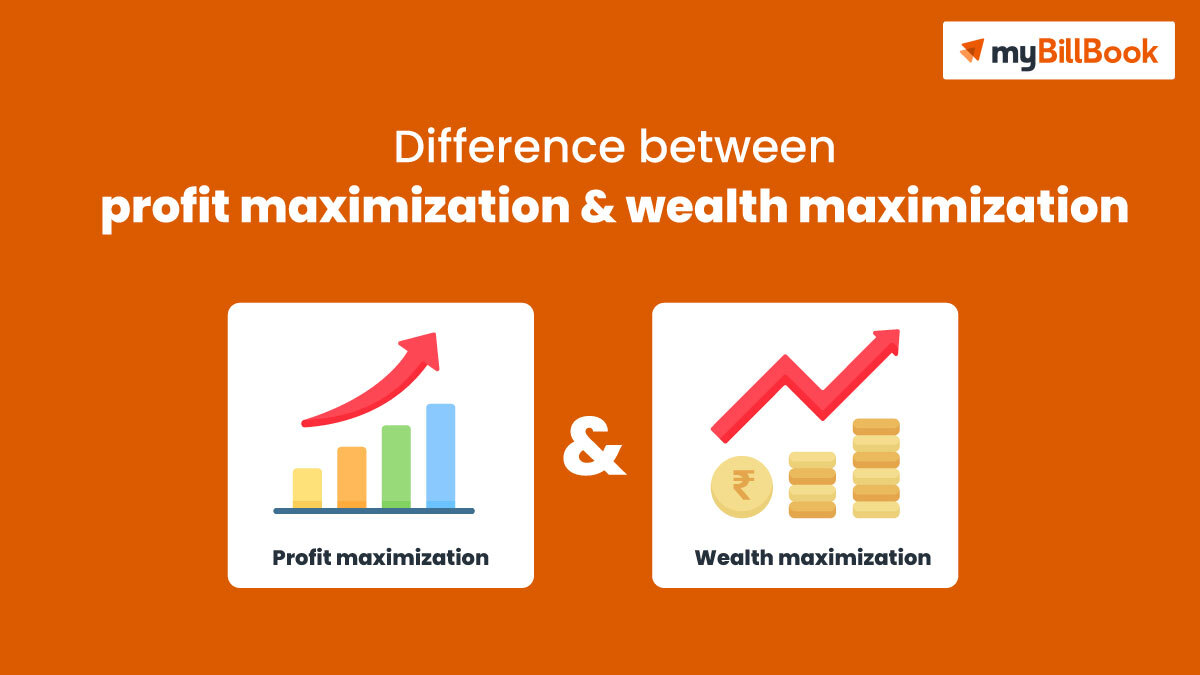Working capital is an essential component of every business, regardless of its size and nature. Sufficient working capital is required for every business to operate efficiently. To cover every need of a business, both expected and unforeseen, working capital is classified into different types.
Working capital management is a business tactic that effectively benefits the business in using the current assets. It helps them to maintain suitable cash flow and to meet short-term aims and other necessities.
What is Working Capital?
Working capital also known as net-working capital is the difference between the current assets and the current liabilities of a company.
- Current assets comprise cash, accounts receivables which are the unpaid bills by the customers, and inventories of raw materials and finished goods.
- Whereas the company’ will include accounts payable, wages, taxes payable, and even the current portion of long-term debt.
By checking the working capital of a company, we can identify how well the company is working and how they are managing the working capital to meet the day-to-day activities.
Working Capital = Current Assets – Current Liabilities
Types of Working Capital
Based on the needs of the business working capital is divided into 8 different types.
- Permanent Working Capital
- Regular Working Capital
- Reserve Margin Working Capital
- Variable Working Capital
- Seasonal Variable Working Capital
- Special Variable Working Capital
- Gross Working Capital
- Net Working Capital
Permanent Working Capital
A part of the working capital that is permanently locked up in the current assets to run a business smoothly is called permanent working capital. Also called Fixed Working Capital, it is the minimum amount of current assets a company requires to operate the business in a given year.
The minimum amount required to maintain the minimum stock of raw materials is an example of Fixed Working Capital.
Depending on the size and projected business growth, the amount of permanent working capital is decided.
Permanent Working Capital is further divided into Regular Working Capital and Reserve Margin Working Capital
Regular Working Capital
As the name suggests, Regular Working Capital is the amount of capital required to cover the regular operations of a business. Examples include daily wages, payments, etc.
Reserve Margin Working Capital
Any kind of business will always need some amount of capital for unexpected situations other than the amount used to perform daily operations. Thus, the reserve margin working capital is set aside, which can be used during certain circumstances that can occur out of nowhere. Such incidents can be a strike, natural calamities, etc.
Variable Working Capital
Variable working capital is the fund that is invested in the business for a temporary period. This category of working capital is also identified as fluctuating working capital and can vary according to the size of the business or when there is a change in the assets of the business. Variable working capital is again subdivided into two other categories – seasonal variable working capital and special variable working capital.
Seasonal Variable Working Capital
Every business requires additional working capital at one point in a year. For some businesses, it is during the availability of raw materials, for some, it’s during the festive season and so on. Some businesses that are into production and manufacturing do have seasonal demand for funds, and to reach that, the seasonal variable working capital is created. It is more suitable for businesses of seasonal nature.
Special Variable Working Capital
Not all the events in a business are planned. Some might be a result of the present situation the business is undergoing. To meet such unexpected expenses like marketing campaigns, special events, etc., a certain amount is allotted and is called special variable working capital.
Gross Working Capital
Gross working capital is the aggregate amount of funds invested in current assets. In other words, we can say that gross working capital is the total of the current assets of the business, which will include cash, accounts receivables, inventory, marketable securities, and even short-term investments.
Gross Working Capital, if used alone, will not display the complete image of short-term financial reliability. Likewise, it does not showcase the operational proficiency of the business. To better understand the operational efficiency of a business, the current assets should be compared with the current liabilities. The result will show how efficiently a business uses its short-term assets to meet its day-to-day cash necessities.
Net Working Capital
Net working capital is the difference between the current assets and current liabilities of a business. The net working capital of a business showcases its operational efficiency, liquidity, and short-term financial capacity. A positive net working capital implies that the business is meeting its current liabilities. Hence this type of working capital helps in measuring the creditworthiness of the company.
What are the factors that determine the working capital of a business?
The working capital of a business depends on the nature and size of the business, the business cycle, the production cycle, operational efficiency, sales volume, cash requirements, seasonal fluctuations, and other such factors.
How can a business arrange working capital?
To arrange the working capital, a business can utilize invoice finance, business loans, trade credit, line of credit, etc.
How can a company increase its working capital?
Any company can increase its working capital by making more revenue, selling long-term assets, and issuing preferred stock.
What is the working capital cycle?
The working capital cycle is the measurement of how punctually a business can convert its current assets into cash or equivalent to cash. This will help small and medium-sized enterprises manage their cash flow and enhance their efficiency in operations.







